Retting bean cake fertilizer
Bean cake fertilizer is rich in nitrogen. When used, it can make the flowers and branches strong and the leaves lush, green, and sprout like bamboo shoots
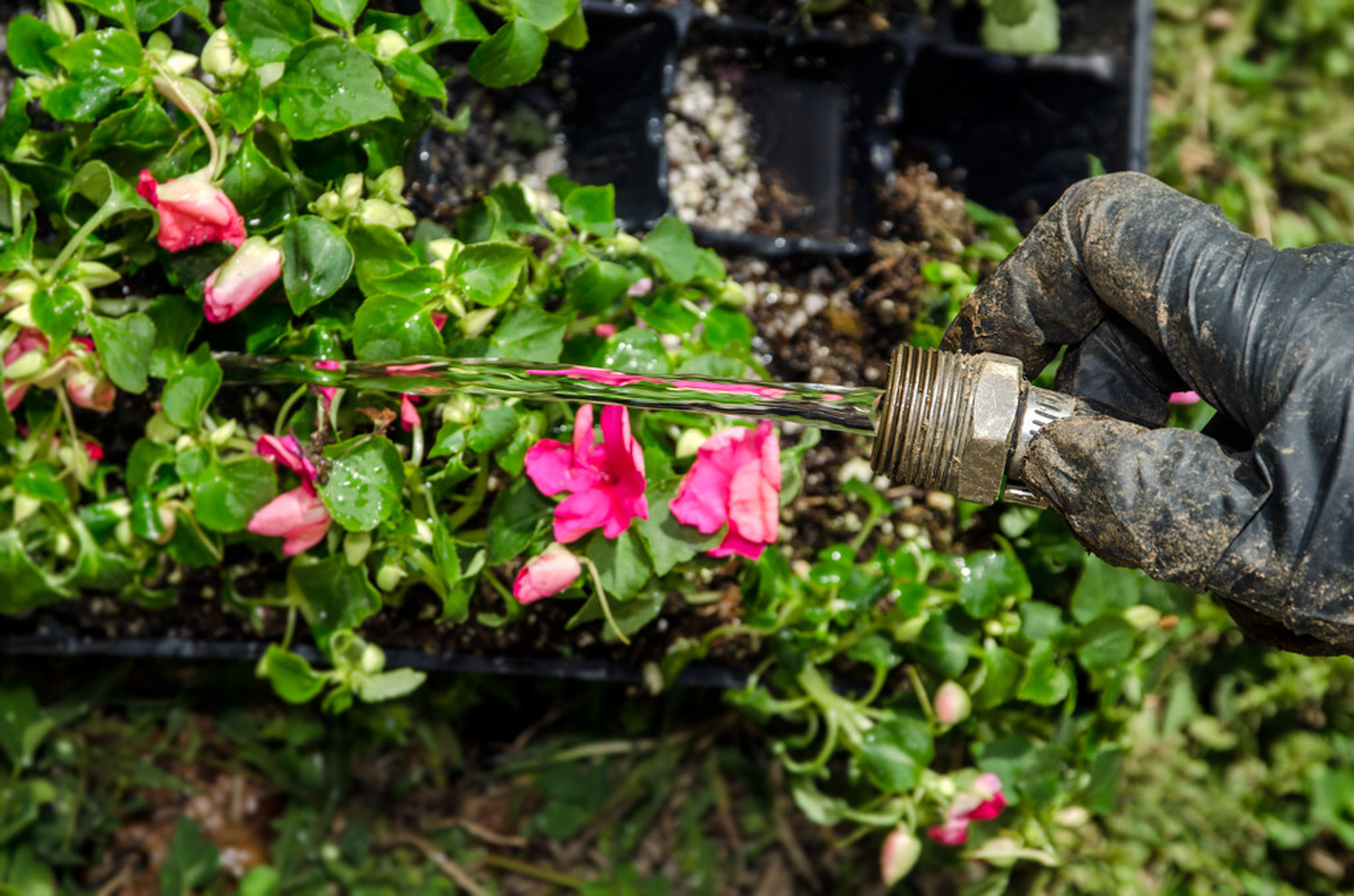
Operation steps
1. Prepare several bean cakes, which are the residue left by soybean oil pressing, which can be obtained by the oil workshop. In addition to soybean residue can be compost, rapeseed, sesame, peanuts and other residual oil residue can also compost fertilizer. p>
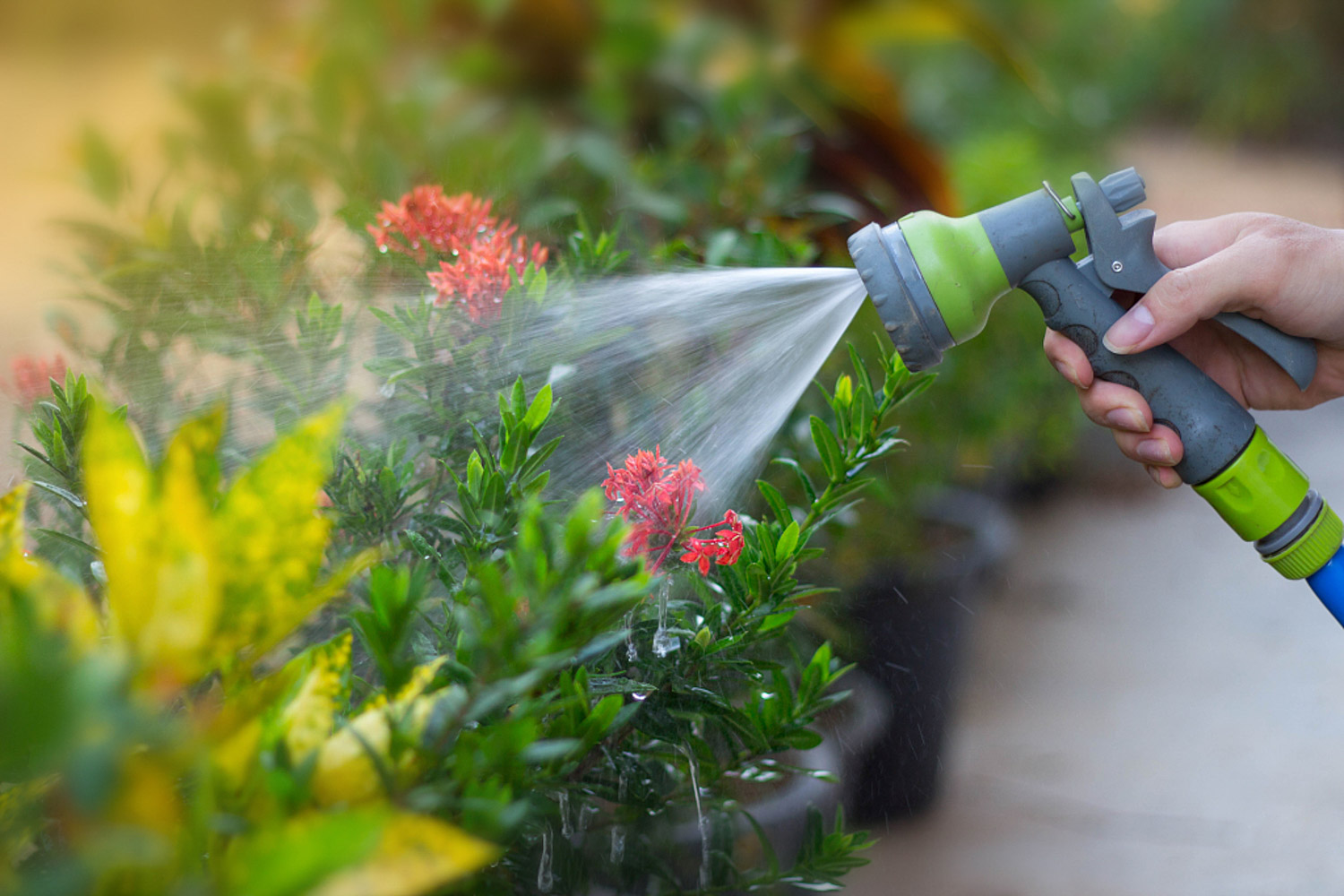
2. Break the bean cake into very broken pieces or small residue. The more broken, the better. The faster the composting
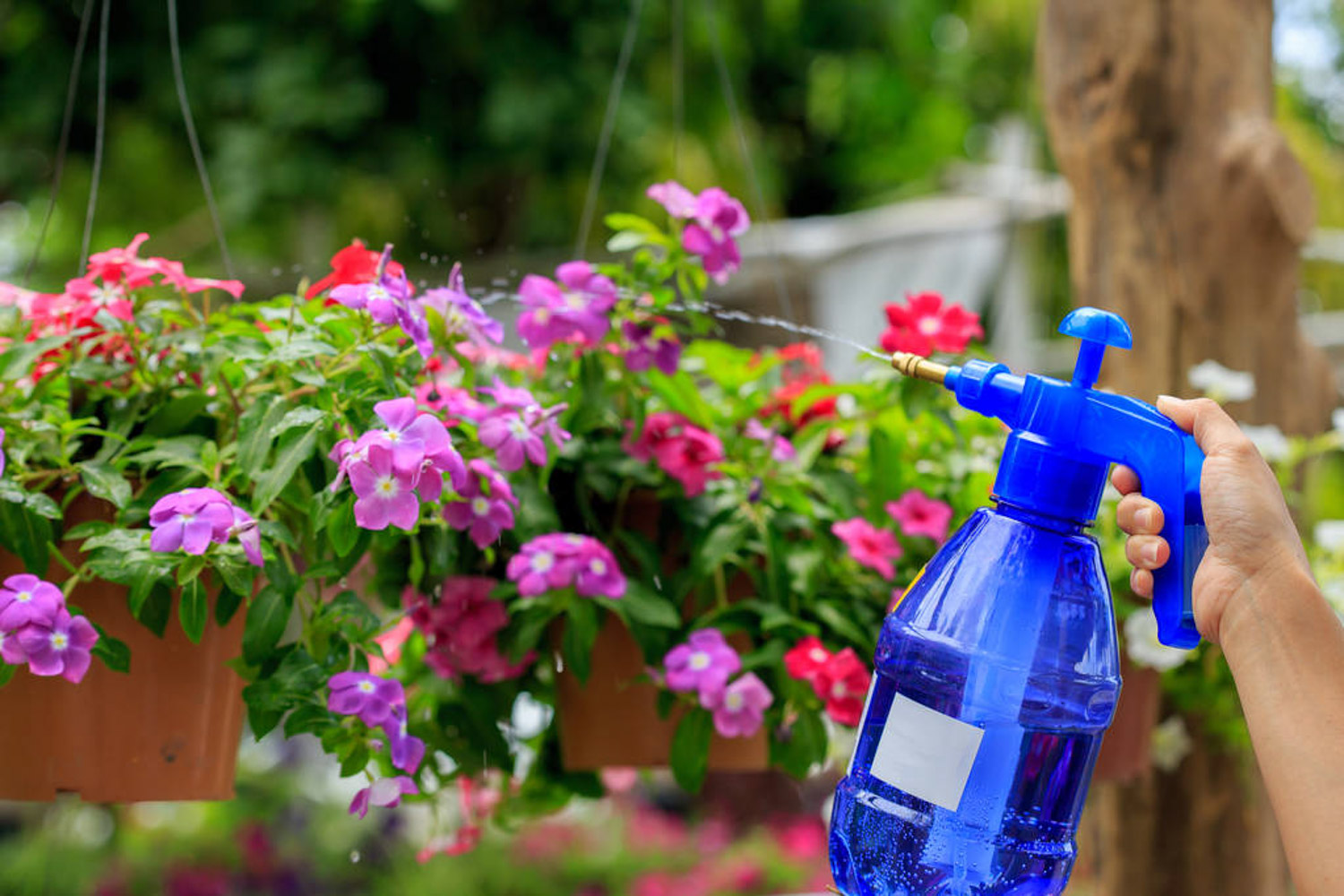
3. Prepare a plastic bottle instead of a glass bottle. It's easy to explode! Put the crushed bean dregs into the plastic bottle. The height of bean dregs accounts for 1 / 3 of the whole plastic bottle. Don't be too much or too full
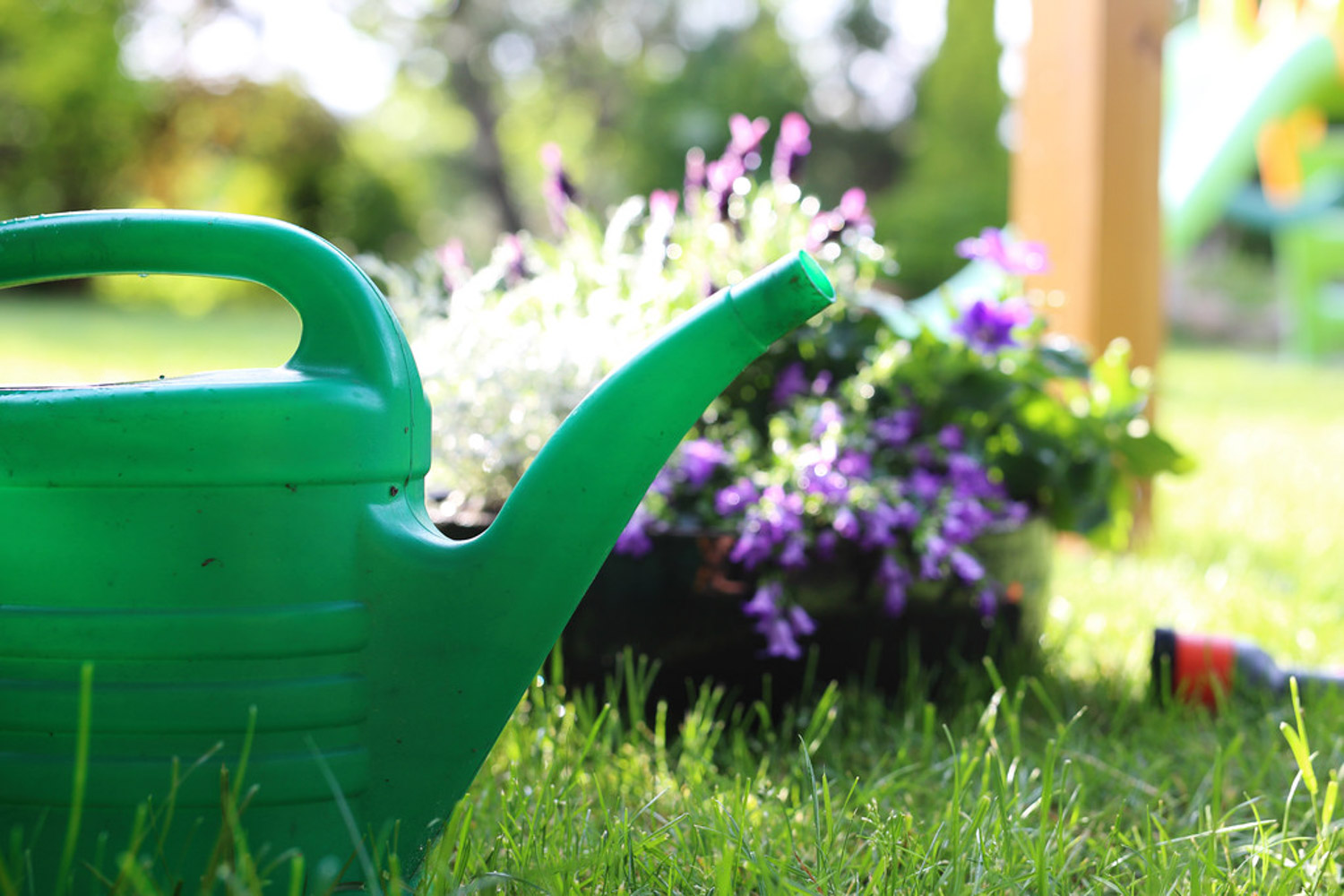
4. Add water to the plastic bottle and add it to 2 / 3 of the height of the plastic bottle. If you have tea or grapefruit peel at home, you can add some deodorization, and then cover it
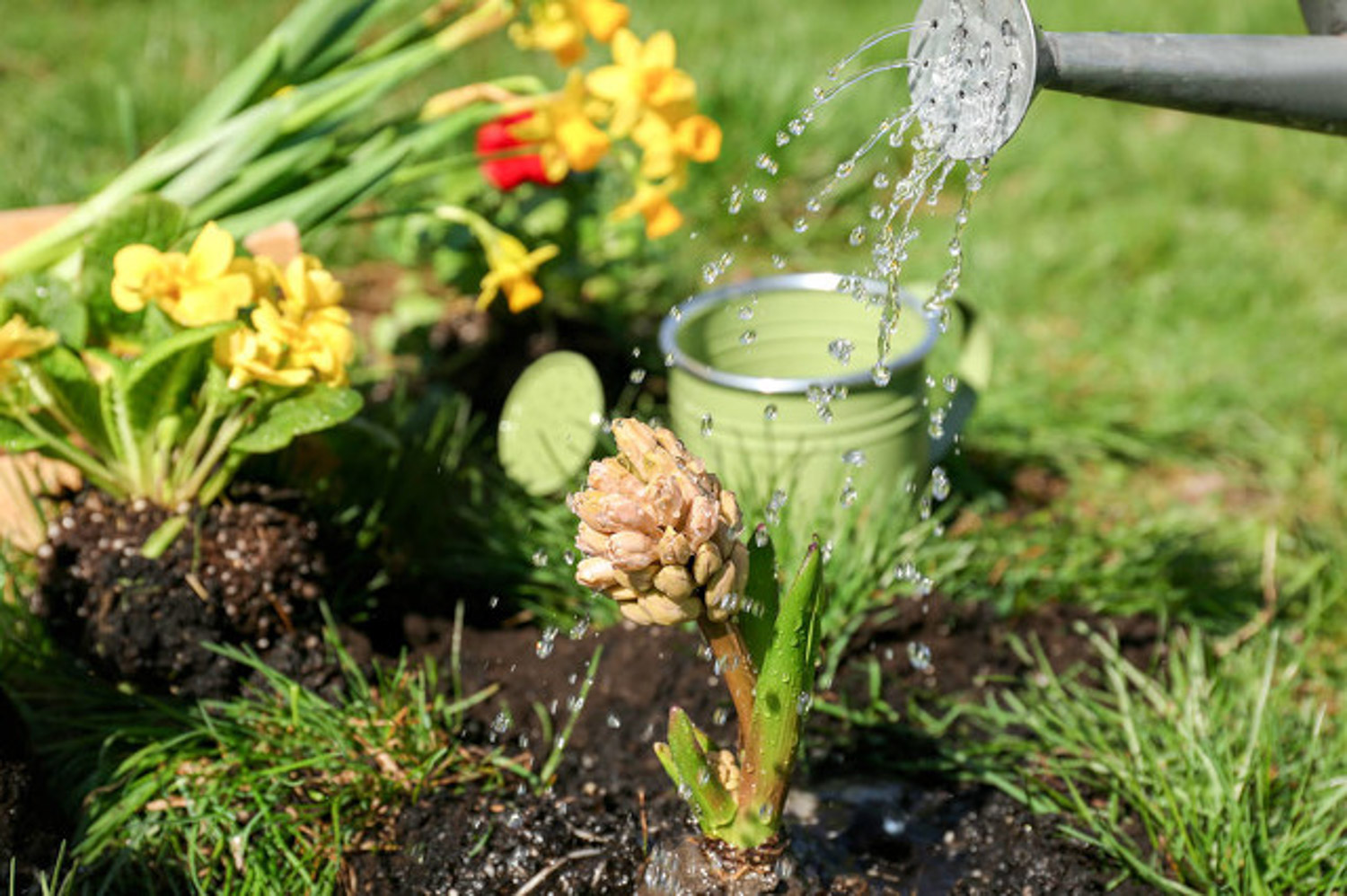
5. Put the plastic bottle on the sunny Nanyang terrace or the roof of the building, and open the lid every week to vent air to prevent it from cracking
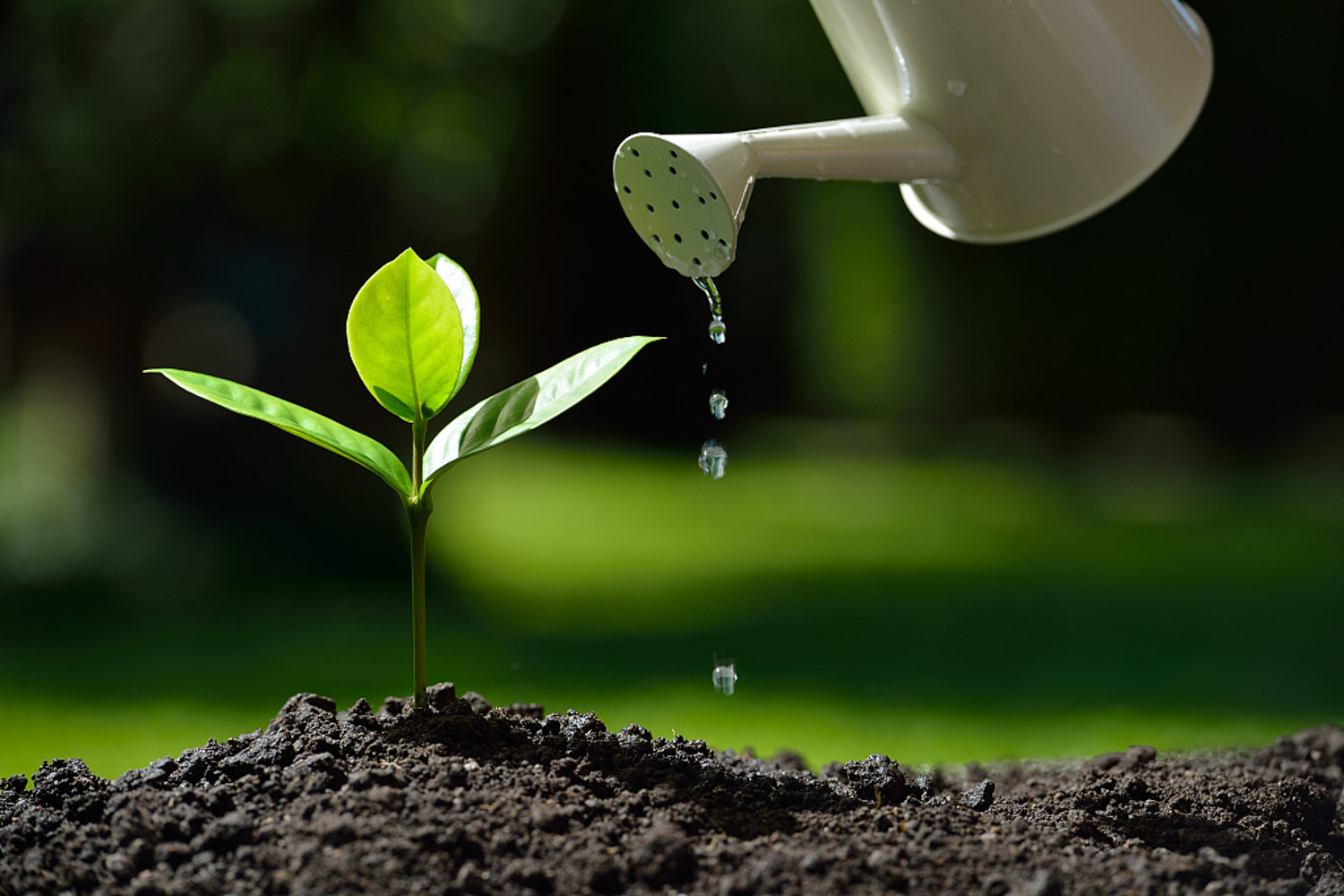
6. About half a month to two months, the cake fertilizer water is black or gray. If it doesn't smell, it proves that it's good to Rett. When using it, it must be washed and diluted. The ratio of bean cake water to clean water is about 1:20, and it's OK to use it 1-2 times a week

Retting fishy water
Fishy water is rich in phosphorus and potassium fertilizer. After fermentation, it is watered with water. The flowers will bloom much and big, and it is particularly fragrant
Composting steps
1. Don't throw away the scales, gills, viscera, blood and water in the process of cleaning up the fish. Put them all into large plastic bottles. Don't be too full, about 3 / 4 of the bottle

2. Put the bottle in a place with sufficient sunlight. If you are worried about the smell of insects, spray some insecticides into the bottle and add some EM yeast or tea, baking soda, lemon peel, etc

3. After about 1-2 months, the water turns black and ferments without odor. When using it, it must be diluted with water. The ratio of fishy water: clear water = 1:20. It's good to use it once a month

Rice retting water
Rice washing water is rich in phosphorus, nitrogen and trace elements. It becomes acidic after fermentation. It is especially suitable for raising flowers. The flowers raised with it have thick and shiny leaves and larger and more beautiful flowers

Fermentation steps
1. After rice washing, the first rice washing water is left, which contains a small amount of bran and broken rice grains, with sufficient nutrients

2. Put the rice washing water into the plastic bottle. The water level should not be too full. Leave a certain space for the gas in the fermentation process. At the same time, do not use the plastic bottle

3. Close the lid, do not tighten it, leave a gap, and then put the plastic bottle in a place with sufficient light. Open the lid every 2-3 days to breathe

4. Throw some tea or lemon peel into the plastic bottle of rice washing water to reduce the odor
5. About 1-4 weeks, when the rice washing water turns yellow or yellow black and the sediment at the bottom is gone, it will ferment

6. When using rice washing water, it is best to dilute it with water. The ratio of rice washing water to clean water is about 1:10. Experienced flower friends can also pour it directly with fermented rice washing water without mixing water


 how many times do yo...
how many times do yo... how many planted tre...
how many planted tre... how many pine trees ...
how many pine trees ... how many pecan trees...
how many pecan trees... how many plants comp...
how many plants comp... how many plants can ...
how many plants can ... how many plants and ...
how many plants and ... how many pepper plan...
how many pepper plan...



























